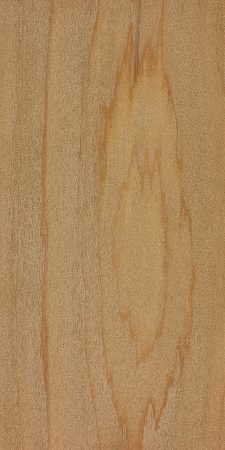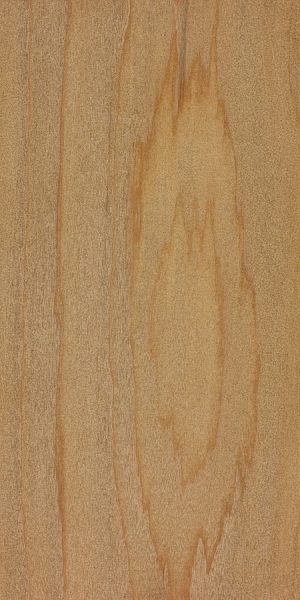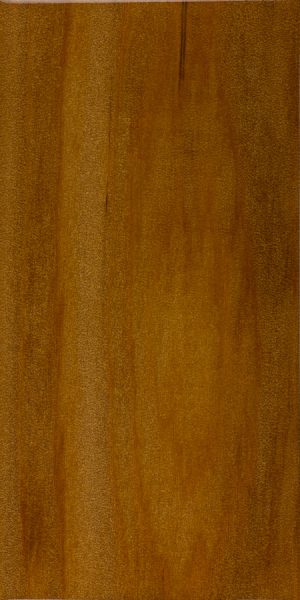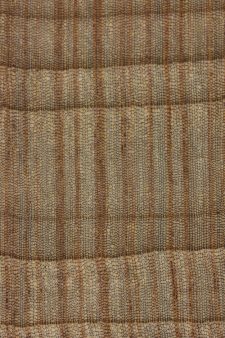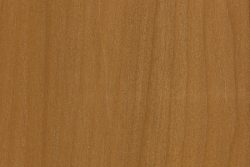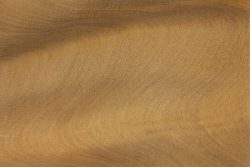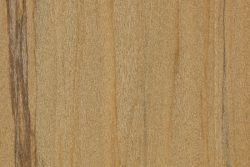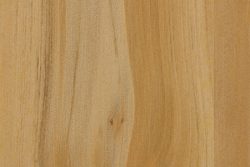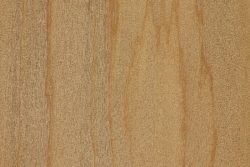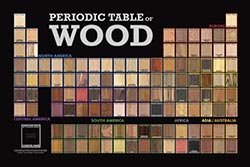Common Name(s): Queensland kauri
Scientific Name: Agathis robusta (and A. microstachya)
Distribution: Australia (Queensland)
Tree Size: 100-130 ft (30-40 m) tall,
3-7 ft (1-2 m) trunk diameter
Average Dried Weight: 29.3 lbs/ft3 (470 kg/m3)
Specific Gravity (Basic, 12% MC): .41, .47
Janka Hardness: 560 lbf (2,510 N)
Modulus of Rupture: 9,280 lbf/in2 (64.0 MPa)
Elastic Modulus: 1,131,000 lbf/in2 (7.80 GPa)
Crushing Strength: 5,510 lbf/in2 (38.0 MPa)
Shrinkage: Radial: 3.5%, Tangential: 6.1%,
Volumetric: 9.7%, T/R Ratio: 1.7
Color/Appearance: Pale yellowish white heartwood with sapwood not clearly demarcated from the heartwood. Due to the tree’s large size, kauri is nearly always clear and knot-less, with minimal wastage. Can easily develop blue stain if not dried properly.
Grain/Texture: Grain is usually straight, with a fine, even texture and a moderate natural luster.
Rot Resistance: Rated as perishable regarding decay resistance.
Workability: Kauri’s moderate density, along with its straight and consistent grain give it good workability. Most machining and shaping operations can be performed with a minimum of trouble. Glues and finishes well.
Odor: No characteristic odor.
Allergies/Toxicity: Besides the standard health risks associated with any type of wood dust, no further health reactions have been associated with kauri. See the articles Wood Allergies and Toxicity and Wood Dust Safety for more information.
Pricing/Availability: Queensland kauri has been extensively logged in the past, but much of the forests where the trees grow are now protected, and it is no longer felled (or available) on a commercial scale today.
Sustainability: Agathis robusta is not listed in the CITES Appendices, and is reported by the IUCN as being a species of least concern. However, the closely related A. microstachya is listed as near threatened by the IUCN. Technically it doesn’t meet the Red List criteria of a vulnerable or endangered species, but is close to qualifying and/or may qualify in the near future.
Common Uses: Plywood, furniture, cabinetry, veneer, musical instruments (violins), and turned objects.
Comments: There are two species of Agathis that are typically both grouped together under the name Queensland kauri—A. microstachya in North Queensland, and A. robusta in the south. Of the two, A. microstachya tends to be slightly heavier and harder on average, but the differences are minimal. The values above represent a composite of values taken from both species.
Images: Drag the slider up/down to toggle between raw and finished wood.
Identification: See the article on Softwood Anatomy for definitions of endgrain features.
Resin canals: absent
Tracheid diameter: medium
Earlywood to latewood transition: gradual
Grain contrast: low
Parenchyma: none
Lookalikes/Substitutes: Can be confused with other softwood species growing in Queensland, such as bunya pine (Araucaria bidwillii) and hoop pine (Araucaria cunninghamii). However, Queensland kauri can usually be separated from both Araucaria species on the basis of ray fleck on quartersawn surfaces. This kauri species has visible ray fleck patterns, while they are absent in the other pines.
Notes: Queensland kauri has somewhat conspicuous reddish-colored rays, and also exhibits a finely patterned ray fleck on quartersawn surfaces that’s not commonly seen on softwoods.
Related Content:

